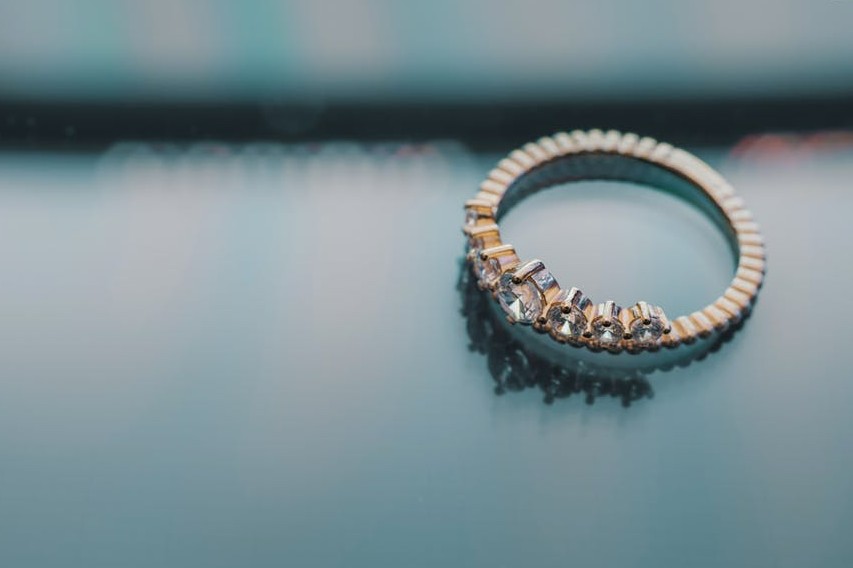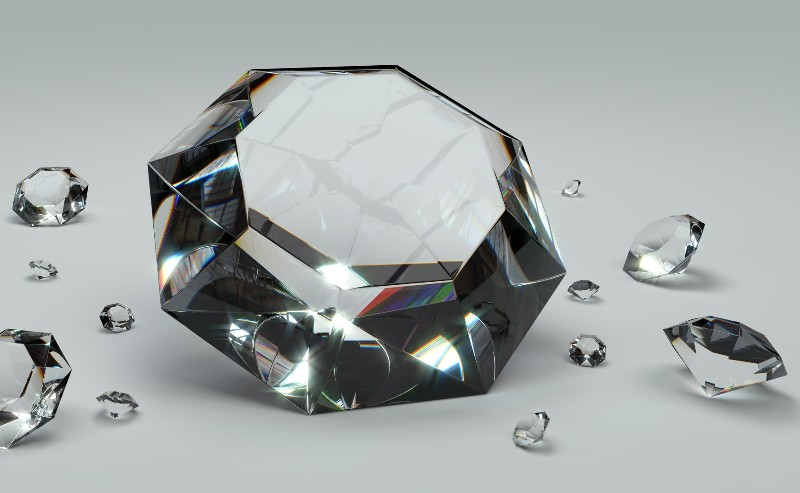Not only do lab grown diamonds cost less than natural diamonds. They are also produced ethically and in an environmentally-friendly way.
Diamonds have been a symbol of love and commitment for centuries. But there are many reasons why more and more people are turning to lab grown diamonds for their engagement rings.
They have the same chemical, physical, and optical properties as natural diamonds, and it is also possible to create them in a matter of weeks, rather than millions of years.
If you’re considering lab grown diamond engagement rings, there are several things you should know before making your purchase. To make things easier for you, we have written a guide. Keep reading to find out more.
What Are Lab Grown Diamond Engagement Rings?
Lab grown diamond engagement rings are a relatively new option for couples looking for a beautiful and ethical engagement ring. These rings are made using lab grown diamonds.
Manufacturers create these in a controlled environment that simulates the natural process of diamond formation. Lab grown diamonds have the same chemical, physical, and optical properties as natural diamonds.
Lab grown diamond engagement rings are much more affordable than natural diamond rings. This is because producers eliminate the cost of mining, cutting, and polishing natural diamonds.
When shopping for a lab grown diamond engagement ring, it’s important to look for a reputable jeweler who can provide documentation to confirm the diamond’s authenticity and quality.
1. Available in a Variety of Colors
One of the most exciting things about lab grown diamond engagement rings is the variety of colors they offer.
Unlike natural diamonds, which are typically colorless or have a slight yellow or brown tint, lab grown diamonds can be produced in a range of colors.
Lab grown rings can also feature unique color combinations, such as pink and yellow diamonds set side by side. Some lab grown diamonds can even shift from one color to another depending on the lighting.
Manufacturers create these colors by introducing different chemical elements to the diamond-growing process. For example, boron can produce a blue diamond, while nitrogen can produce a yellow diamond.
2. Lab Grown Rings Cost Less
When you’re shopping for an engagement ring, keep in mind that lab grown rings tend to be very inexpensive.
The price of a lab grown diamond ring will depend on the size and quality of the diamond, the type of metal used in the band, and the style of the ring.
A simple solitaire lab grown diamond engagement ring can cost as little as $1,000. And a larger, more intricate design can cost upwards of $10,000.
But lab grown diamonds are generally much less expensive than natural diamonds of the same quality and size.
This means that you can often get a larger or higher quality diamond for your money with a lab grown diamond engagement ring.
3. A Technological Breakthrough
Manufacturers create lab grown diamonds by using cutting-edge technology that mimics the natural conditions under which diamonds are formed.
In order to manufacture diamonds that are grown in labs, you will need to put a tiny diamond “seed” into a container that contains special gases.
It will then be necessary to place this “seed” under immense pressure and high temperatures.
Over time, the carbon atoms in the gas bond to the seed. This seed will grow into a larger diamond crystal.
This technology has made lab grown diamonds a popular choice for engagement rings because they offer the same beauty and durability as natural diamonds.
4. Ethically Produced
If you buy a natural diamond engagement ring, it will be difficult for you to know whether or not it was ethically produced.
It is also important to understand that the profits from the diamond trade might be funding conflict and violence in diamond-rich regions.
Unfortunately, it is difficult to trace the origin of a natural diamond.
On the other hand, manufacturers create lab grown diamonds in a controlled environment. In fact, many lab grown diamond producers are committed to fair labor practices and sustainable business practices.
5. An Environmentally Friendly Option
Creating lab grown diamond engagement rings does not involve the same destructive practices as diamonds that people mine.
The process of creating lab grown diamonds uses less energy and water than mining natural diamonds. This means that the industry produces fewer carbon emissions.
Also, lab grown diamonds do not contribute to deforestation or habitat destruction. On the other hand, those who mine diamonds often cut down forests and pollute waterways.
6. Make Your Ring Special
If you’re considering a lab grown diamond engagement ring, consider adding a personal touch. One way to do this is by choosing a unique design for the ring itself.
This could involve adding intricate details, incorporating different types of metal, or choosing a non-traditional band style.
Another way to make your lab grown diamond engagement ring special is by choosing a diamond with a unique color or shape.
You might also consider adding personalized engraving or choosing a ring that has a special meaning to you and your partner.
For example, you could choose a ring that incorporates a birthstone or a symbol that is meaningful to your relationship.
Things to Know About Lab Grown Diamond Engagement Rings
Before going shopping for lab grown diamond engagement rings, there are several things that you should know.
Contrary to rings that contain natural diamonds, there are many colors of lab grown diamond engagement rings available. These rings also tend to be less expensive and more environmentally friendly.
Are you ready to purchase a diamond engagement ring? If so, we can help you. Don’t hesitate to get started by checking out the lab grown diamonds that we have for sale.




